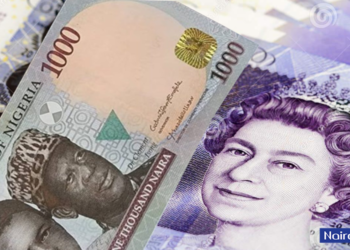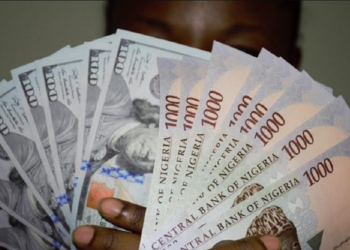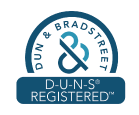As the U.S. dollar index (which measures the greenback against six other currencies) rallied above 107 index points this week, the safe-haven currency is trading near a two-decade high.
The world’s reserve currency has gained 12% since the beginning of this year, marking its best year since 2014.
The greenback has long been disproportionately influential on global financial markets. Even though during the past two decades the American economy has produced a smaller percentage of the world’s output, this trend hasn’t changed.
However, despite the fact that the American dollar still dominates international trade, bond issuance, non-bank borrowing, and international borrowing and lending, central banks no longer retain as much US currency in reserves as they previously did.
In 2019, the dollar made up 62% of the official government/central bank foreign exchange reserves, followed by the euro at 20%, the yen at 5%, the pound at 4.5%, and other currencies, such the renminbi, at less than 2%.
The U.S dollar rules in many areas, as a 2020 Bank for International Settlements report emphasizes. Only a third of cross-border bank loans are denominated in euros, and fewer than 20% of loans are denominated in other currencies. Nearly half of these loans are in dollars.
In parts of the global economy like debt securities, trade invoicing, and payments made using the SWIFT financial messaging system, the safe-haven currency still holds a sizable majority. The dollar is used in over 90% of all currency exchange transactions abroad.
Recent strong macroeconomic data and the desire by investors to hold it are driving the U.S. currency higher. In June, the US economy created 372k new jobs, far more than the 268k predictions but fewer than the 384k reported in May.
The unemployment rate held steady at 3.6%, in line with expectations and the previous reading. The US economy’s superior performance on the labour market would undoubtedly enable the Federal Reserve to announce drastic rate increases without much reluctance.
Accordingly, due to the U.S central bank’s interest rate increases this time; the greenback has appreciated versus the majority of other major currencies as investors from all over the world have turned to the dollar as a safe haven from rising global inflation.
However, for other nations, the declining value of their currencies will make travel more challenging and will intensify the effect of rising consumer prices. For Americans, the increase of the dollar should assist to alleviate the agony caused by four-decade high inflation.
A current IMF working paper highlights the shares of the other traditional reserve currencies—the euro, yen, and pound—have increased more than the US dollar’s position has decreased. Additionally, even though the proportion of reserves kept in renminbi has increased somewhat.
As of the end of 2021, Russia possessed close to a third of the world’s renminbi reserves, according to an update of the data cited in the working paper.
Both economic and geopolitical factors have contributed to the dollar’s rise. The Federal Reserve, the US’ central bank, has been sharply raising interest rates while also abandoning its program of quantitative easing (QE). This is done in an effort to reduce inflation brought on by problems with COVID supply, the conflict in Ukraine, and QE.
One by-product of these higher interest rates is the stronger US dollar. Foreign investors are encouraged to sell their local currencies and deposit their funds in the US dollar since it currently offers a better yield than their home currency.
Certainly, central banks in other countries have also been hiking interest rates, including in the UK, and the eurozone intends to follow suit. They do not, however, behave as aggressively as the world’s biggest economy. As a result of Japan’s complete lack of tightening, there is still a growing demand for dollars outside.
The US dollar is also rising because it is a traditional safe haven during times of economic uncertainty, and the current geopolitical climate may be making it even more enticing.




















